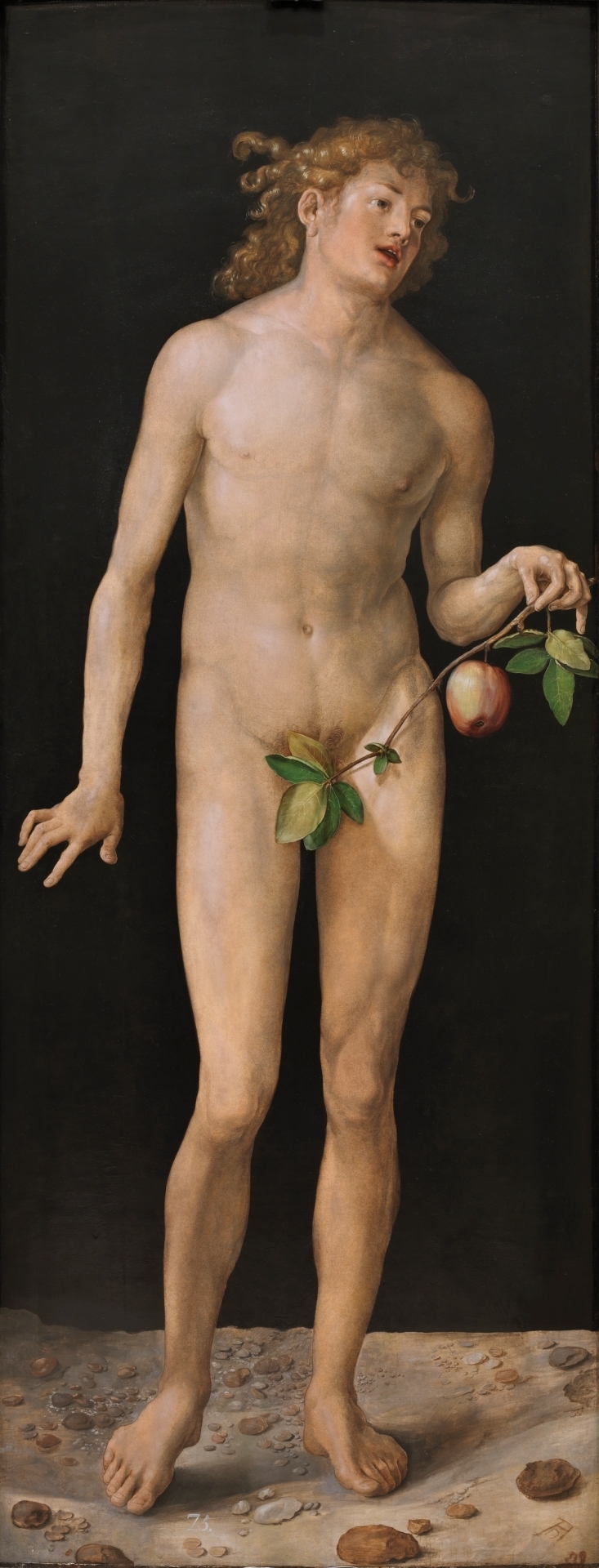Art 13 paintings (in Spain) that you have to see once in your life
Echoes of Verbena (XXI) Luis Eusebi, the forgotten painter who was a concierge at the Prado Museum
Does a
smile
say more than a thousand words?
A tour of some of the most emblematic works in the
Museo Nacional del Prado
shows that there have been no great models of smiles from the 16th century to the present.
This is not an isolated or casual event, on the contrary, it hides answers and
curiosities
from different historical periods, explains the doctor of Medicine, Surgery and History, Javier Sanz Serrulla, in an exclusive event organized by Laboratorio Lacer on the occasion of its 50th anniversary. anniversary.
You have to do an exhaustive search to find among the more than 2,000 works of art a person whose teeth can be seen.
"Although there have been great masters and the best are represented here, there is a technical difficulty in drawing a good smile and matching it with the eyes as well", acknowledges Sanz Serrulla.
One of the exceptions is the work of
Adam
(1507), by
Albrecht Dürer
, the most famous artist of the German Renaissance.
The smile portrayed reveals that the model in question had a diastema, a small gap between the upper incisors, a condition that an estimated 20% of people have.
Adam, a work by Durero NATIONAL MUSEUM OF PRADO
The
enigmatic smile
, a set of words that perfectly describe
Leonardo Da Vinci
's
Mona Lisa
.
Precisely this has made it a masterpiece recognized throughout the world.
The
copy
of
La Gioconda
(1507-1516), which was painted by a disciple in the Florentine workshop of the Renaissance genius and is on display in the Prado Museum, is the earliest known to date.
Although it is believed that it was made in parallel and under the supervision of the master, it differs from the original precisely because of the way in which the expression of the smile was drawn, the most difficult to capture.
"She's not so naughty," observes the doctor of Medicine and Surgery, Dentistry and History.
Copy of the Gioconda NATIONAL PRADO MUSEUM
The smile was directly related to the lower social classes, especially those broader and in which the teeth could be seen.
This is reflected in
The Jester Calabacillas
(1635-1639) by
Diego Rodríguez de Silva y Velázquez
.
Both his smile, between dazed and beatific, as well as the pumpkins next to him on the ground are clear indications of the mental retardation that affected this character.
This is the first jester of the Cardinal-Infante Don Fernando de Austria, brother of Philip IV, who also served the King from 1632 until his death in 1639.
In the case of the aristocracy -says Sanz Serrulla- the opposite happened, "they liked to be portrayed
seriously
", which was synonymous with honor, respect and decency.
The Jester Calabacillas PRADO NATIONAL MUSEUM
The selection of paintings also clearly illustrates the most frequent oral problems throughout history.
An example of this is the portrait of
The Family of Carlos IV
(1800), in which it can be seen by the way in which
Francisco de Goya y Lucientes
draws the mouth of
María Luisa de Parma.
that, practically, she had lost all her teeth, as a result of the numerous pregnancies she suffered.
For this reason, the queen had three workers who were dedicated exclusively to the daily maintenance of her porcelain teeth, says Sanz Serrulla.
This problem even forced her to eat a large part of her life alone: she had to remove her prosthesis to eat food and it was not well seen that other people could see her in the meantime.
The Tooth Extractor
(1844), by the Spanish Romantic painter
Leonardo Alenza y Nieto
, is another of the works that could not be missed on this tour.
It perfectly illustrates an important part of the history of dentistry.
This painting shows the figure of the "dentist" wielding pliers to extract a tooth that, together with the hammer that stands out on the ground, reveal the
rudeness
of that practice at the time.
"It is what we have been doing for a long time. We did not have the means or knowledge in the profession," explains the doctor of Medicine and Surgery, Dentistry and History.
Miguel de Cervantes even echoed this health problem: "A tooth is better than a diamond," Don Quixote told Sancho Panza.
The Tooth Puller PRADO NATIONAL MUSEUM
It was a very common practice.
"The bad
pain
that was very important was removed at the cost of losing something so precious," says Sanz Serrulla.
In turn, he adds, it was a "very profitable" practice because it meant that dentures had to be fitted afterwards, which "paid very well."
In
Spain
, the tooth puller disappears, little by little, "when dentistry enters the university".
where teeth restoration techniques are learned.
"This was only a century ago," he stresses.
Conforms to The Trust Project criteria
Know more
Prado Museum
Paintwork

